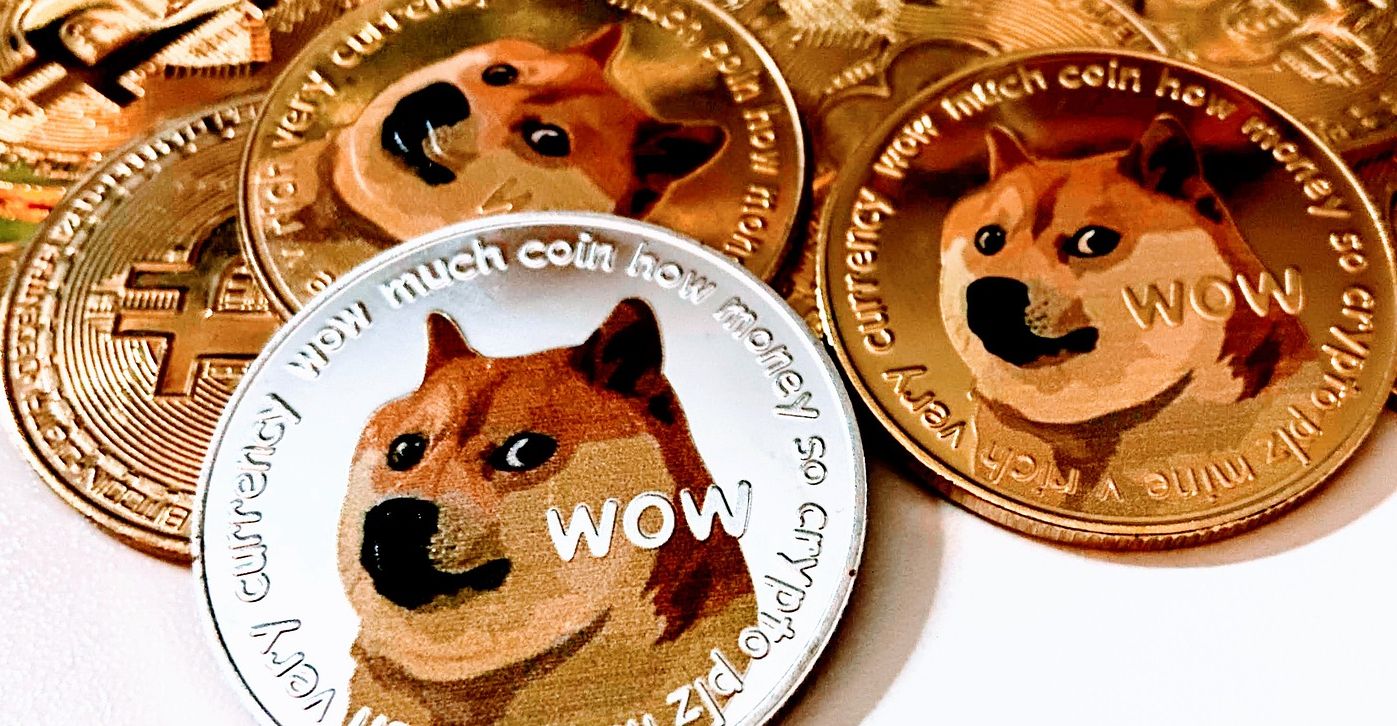
A cryptocurrency can fall into a number of categories. It can be a coin, a token, a stablecoin, a wrapped token, and much more. Cryptocurrencies can also be inflationary or deflationary. But what is the difference between these two categorizations? What makes a crypto inflationary or deflationary?
The Importance of Supply limits
Supply limits play a key role in whether a crypto is inflationary or deflationary. A supply limit refers to the maximum amount of any given coin or token that can ever be put into circulation. Naturally, this differs depending on the crypto at hand. Bitcoin, for example, has a relatively low supply limit of 21 million BTC, whereas Ethereum has no limit at all.
It is rare for a supply limit to change, and this limit can affect how a cryptocurrency performs in the market.
Inflation and Deflation
It’s also key to fully understand inflation and deflation before getting into inflationary and deflationary cryptocurrencies.
In short, inflation involves a decrease in the buying power of a currency or asset. In the real world, this usually happens as a result of an ever-increasing cost of living (think, fuel, food, products, luxury goods, etc.). Deflation, on the other hand, involves the increase in a currency’s buying power due to a decrease in a country’s cost of living. It may sound like a good thing but can indicate a flawed economy.
In the crypto world, inflation and deflation relate to the supply of a given coin or token rather than its buying power (though they are related). This is where inflationary and deflationary cryptos come into play.
What Is an Inflationary Cryptocurrency?
Inflationary cryptocurrencies are those with an ever-increasing circulation number. Dogecoin is a prime example of an inflationary cryptocurrency, as it has no supply limit and increases its circulation by millions of DOGE daily through its mining process. Initially, Dogecoin was designed to have a supply cap of 100 billion DOGE, but its developers scrapped this limit in 2014, and its supply currently stands at more than 132 billion DOGE, a figure that is rising all the time.
The majority of cryptocurrencies are inflationary, as many have not yet reached their supply limit or have an infinite supply. Additionally, crypto mining is now incredibly popular, with millions upon millions of coins being put into circulation every day. This is why many cryptos have an increasing supply.
Bitcoin can also be considered inflationary, though some would argue that it is, in fact, a deflationary coin. At the moment, it’s safe to say that Bitcoin is inflationary, as its supply is increasing. But this won’t be the case in the future. Once Bitcoin’s supply cap is reached, it will become a deflationary coin.
What Is a Deflationary Cryptocurrency?
A deflationary cryptocurrency has a decreasing circulating supply. These are generally rarer in the market than inflationary cryptos.
Take Cardano (or ADA), for example. This cryptocurrency has a supply limit of 45,000,000,000 ADA. You may think that there’s no chance 45 billion ADA will ever be mined, but don’t forget that many miners are working around the clock to mine coins and tokens. This is why over 33 billion ADA are already in circulation.
When the day comes that Cardano’s supply limit is reached, it will become a deflationary cryptocurrency, as its supply will no longer increase in the way it is currently. The same goes for other cryptos with a supply limit, like Binance Coin, Bitcoin Cash, and Algorand.
When no more coins can be mined, it’s bad news for the mining industry. However, if the supply of a coin can no longer meet the demand, it will likely see a price increase.
Inflationary and Deflationary Cryptos Have Varying Pros and Cons
While some investors prefer deflationary over inflationary cryptos or vice versa, the truth is that both kinds of cryptos have their perks and drawbacks. While inflationary cryptos may result in a demand-over-supply scenario, they allow the mining industry to continue indefinitely. But deflationary cryptos offer the outcome of a price surge, which is also a big plus for investors. Time will tell whether such cryptos will truly see such a boost when their limits are eventually reached.
Read Next
About The Author
This news is republished from another source. You can check the original article here





